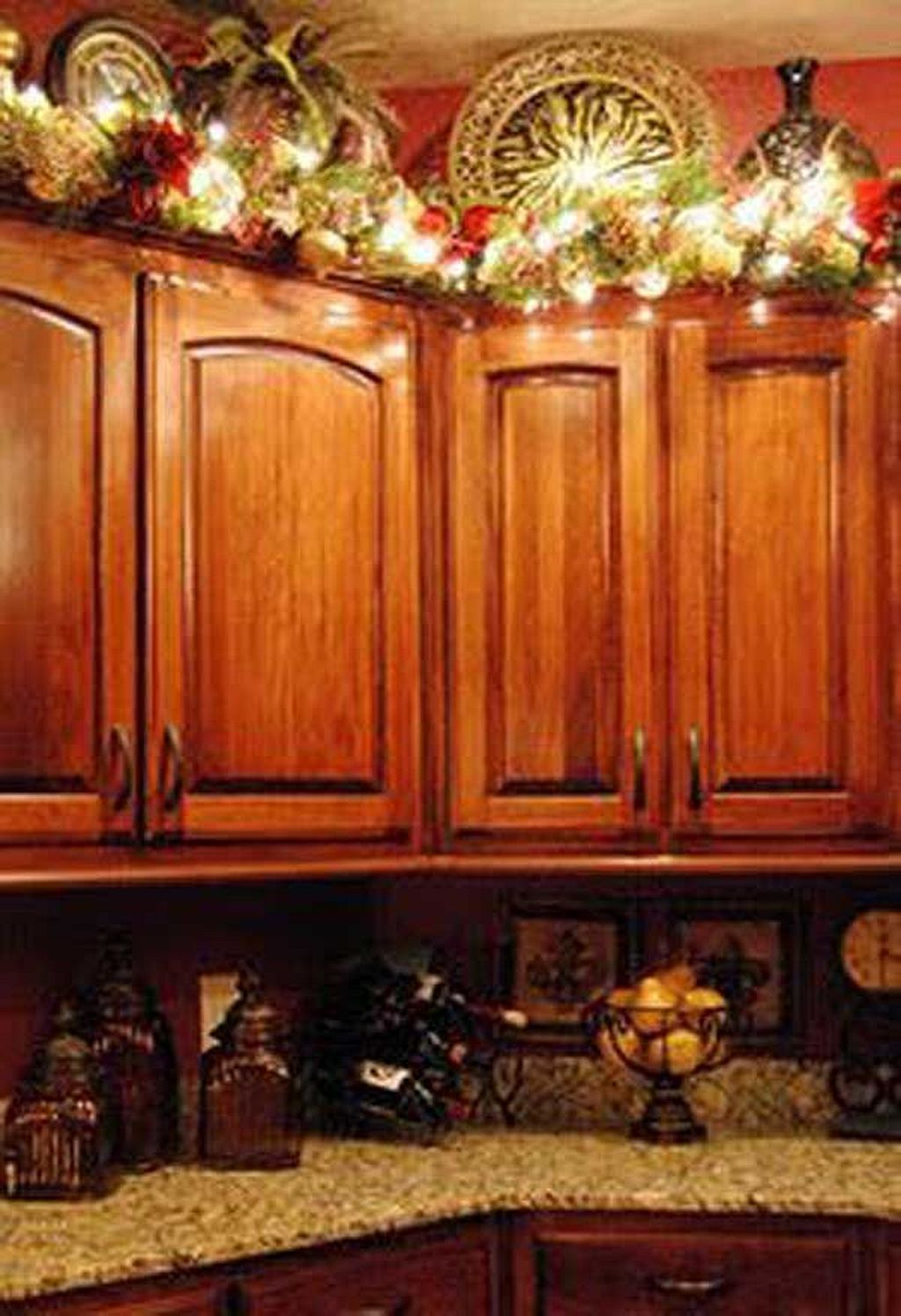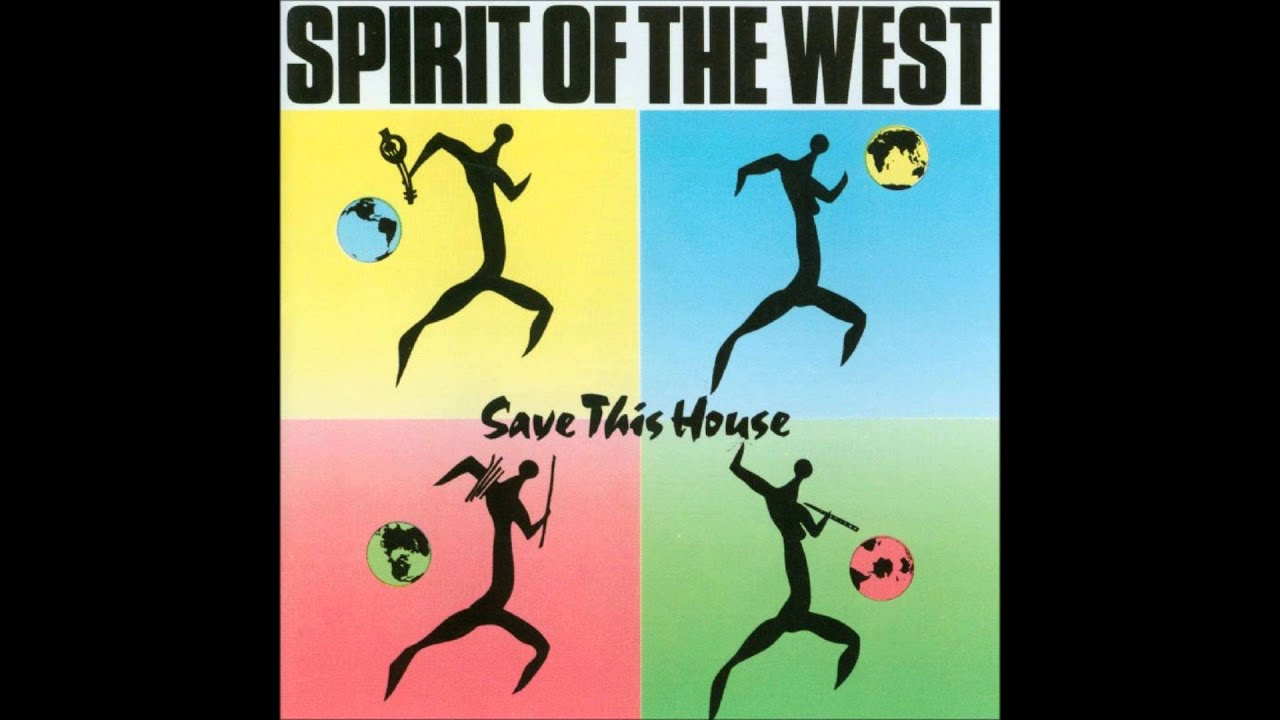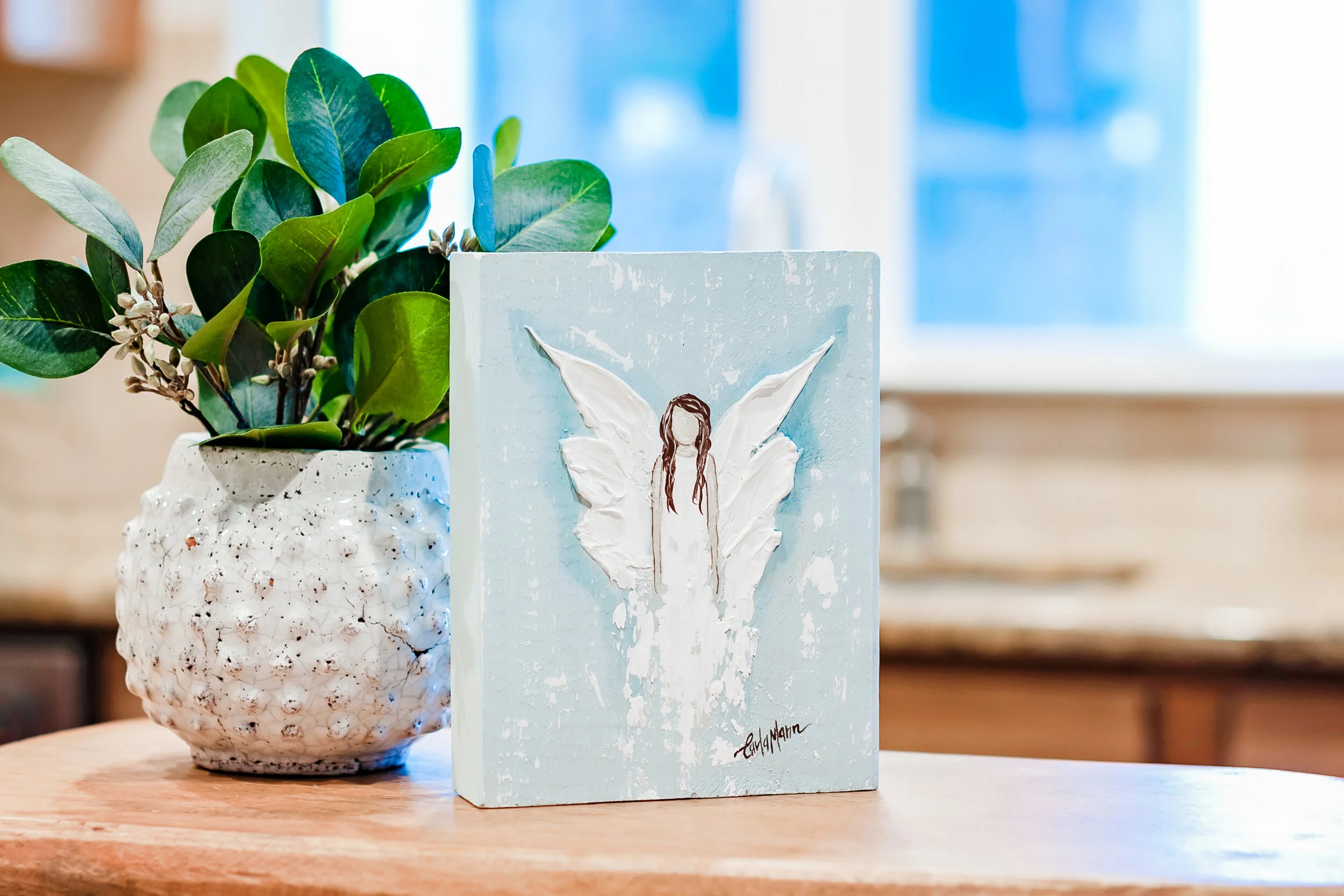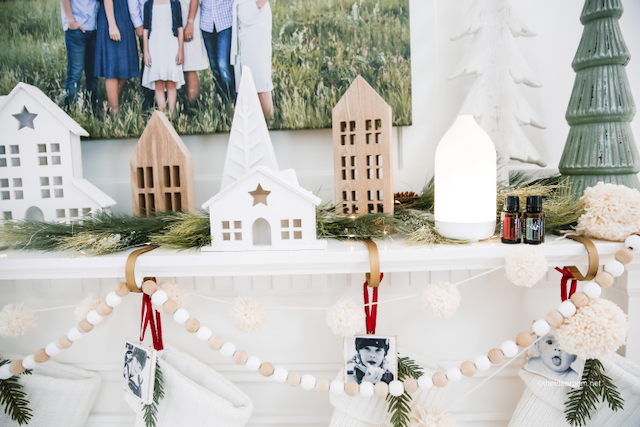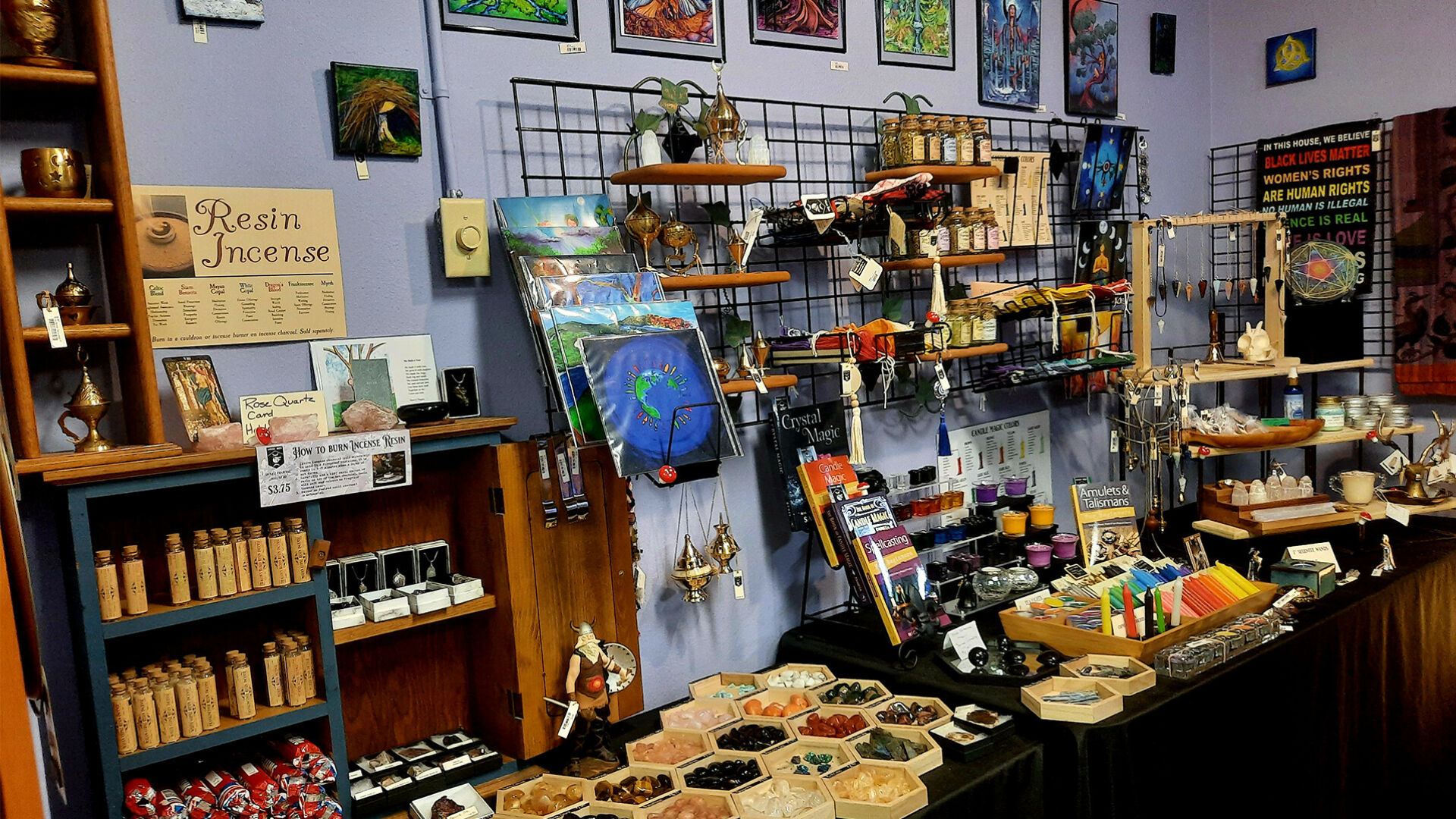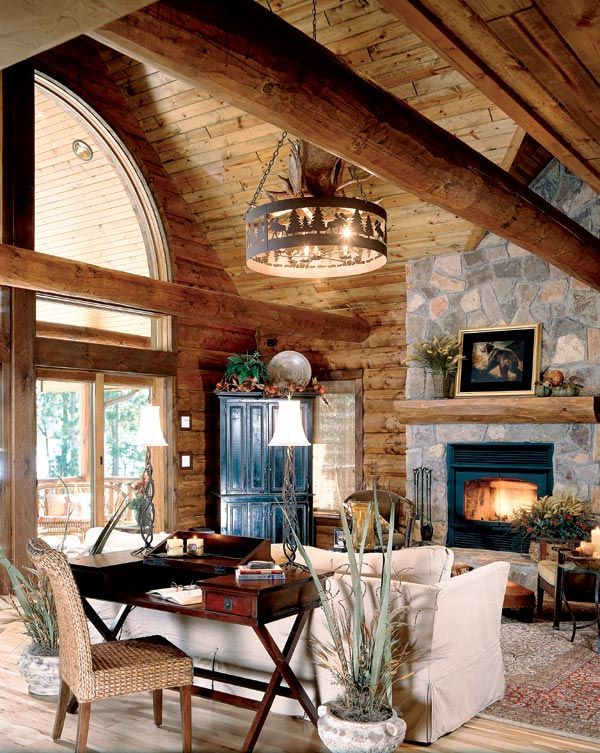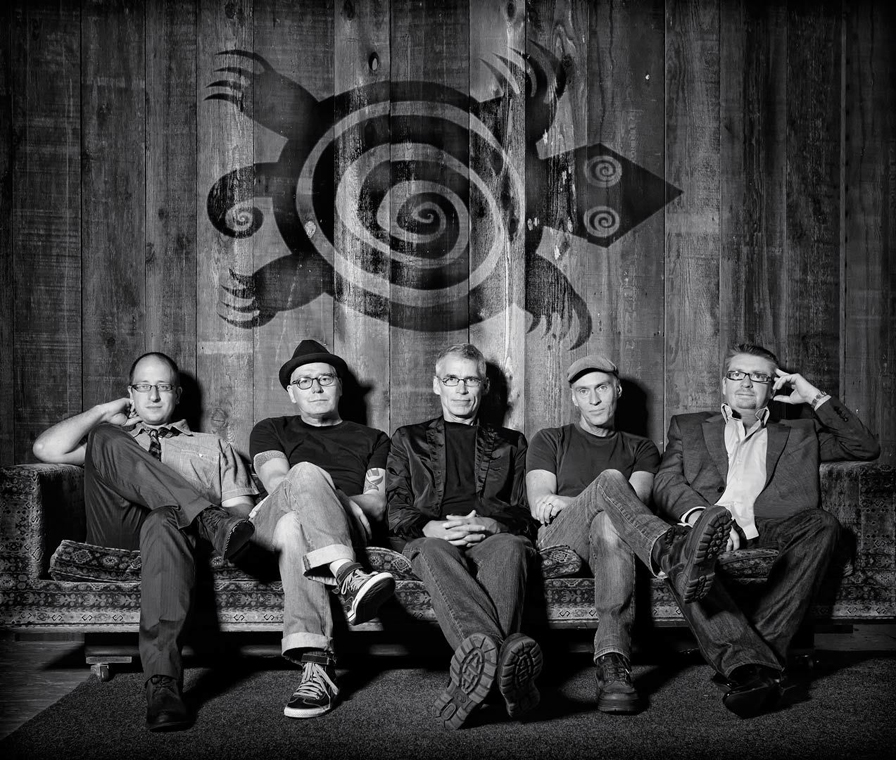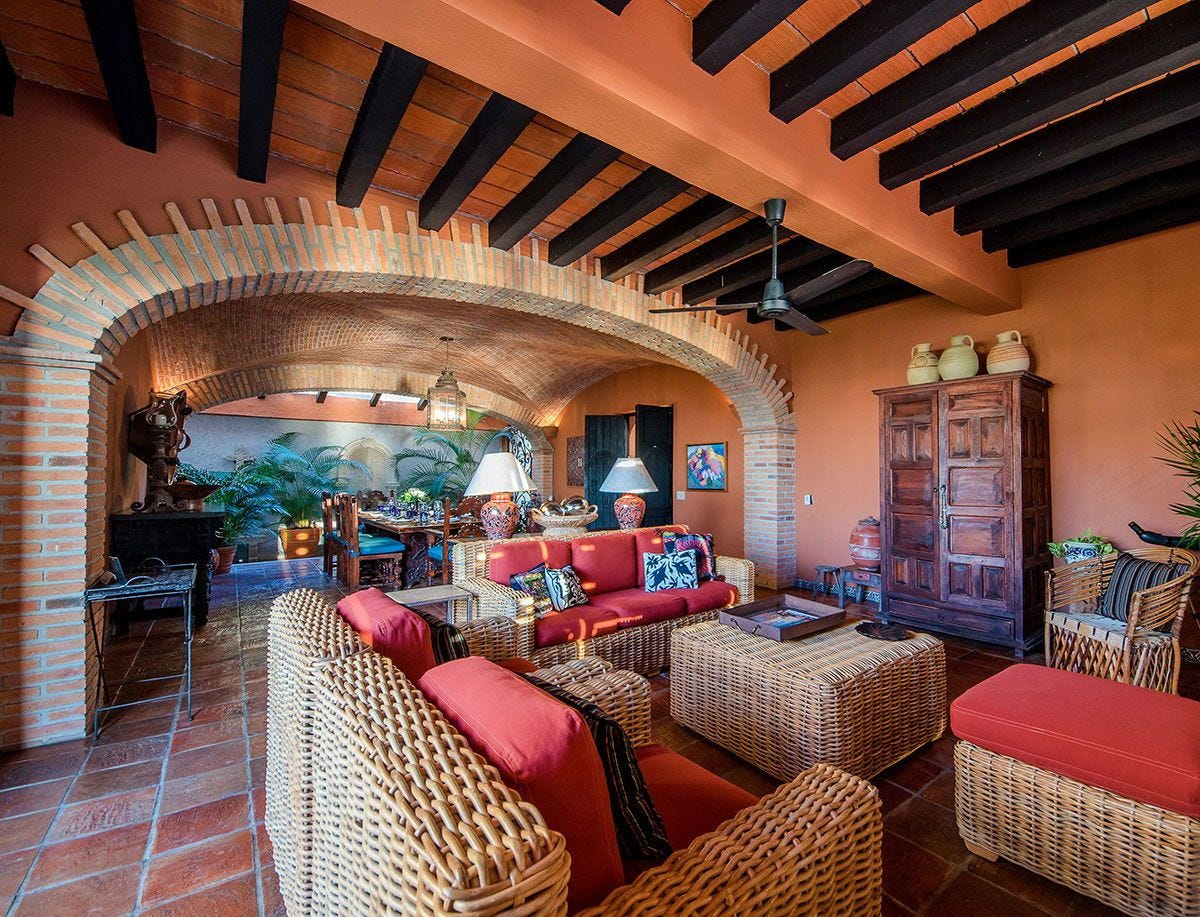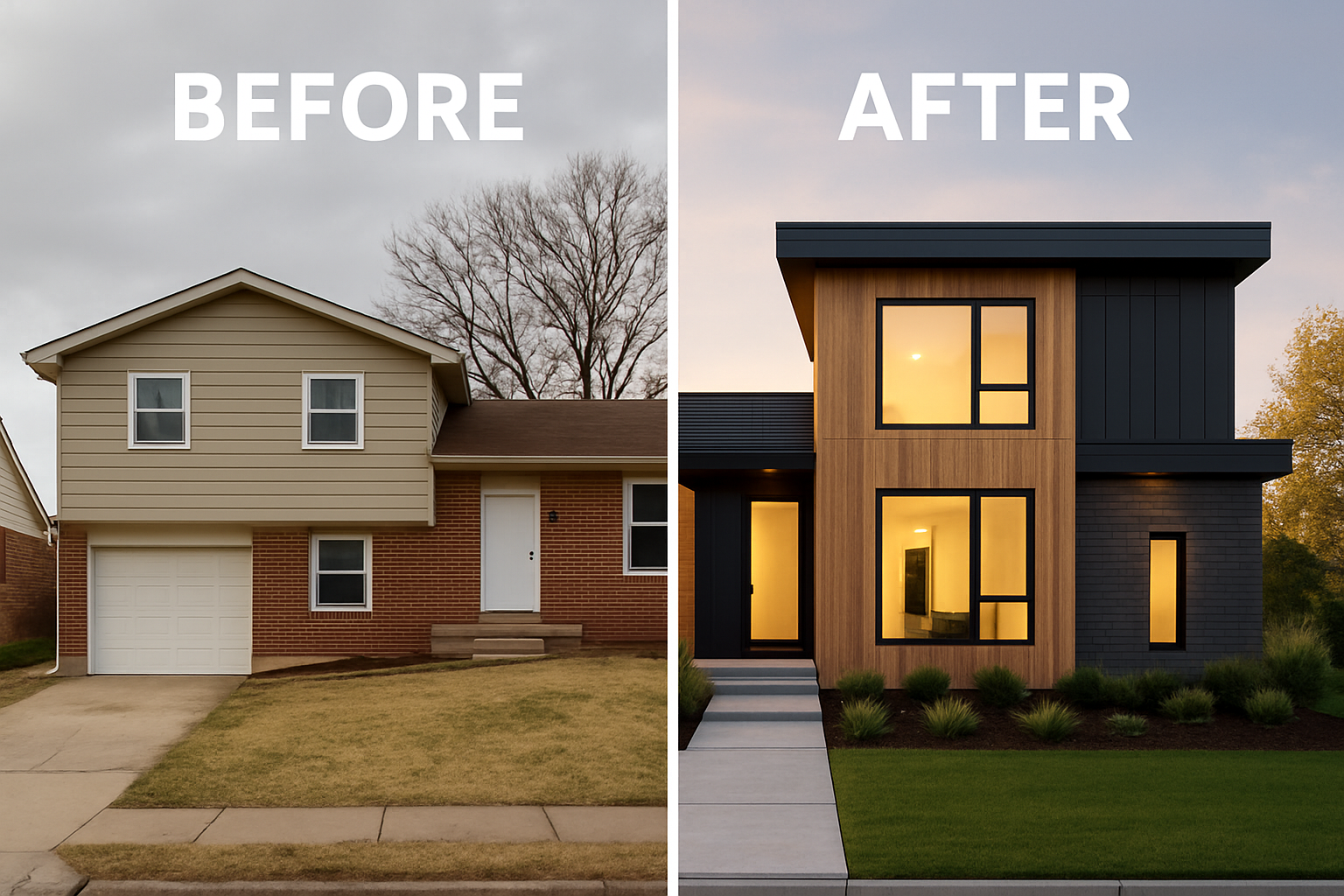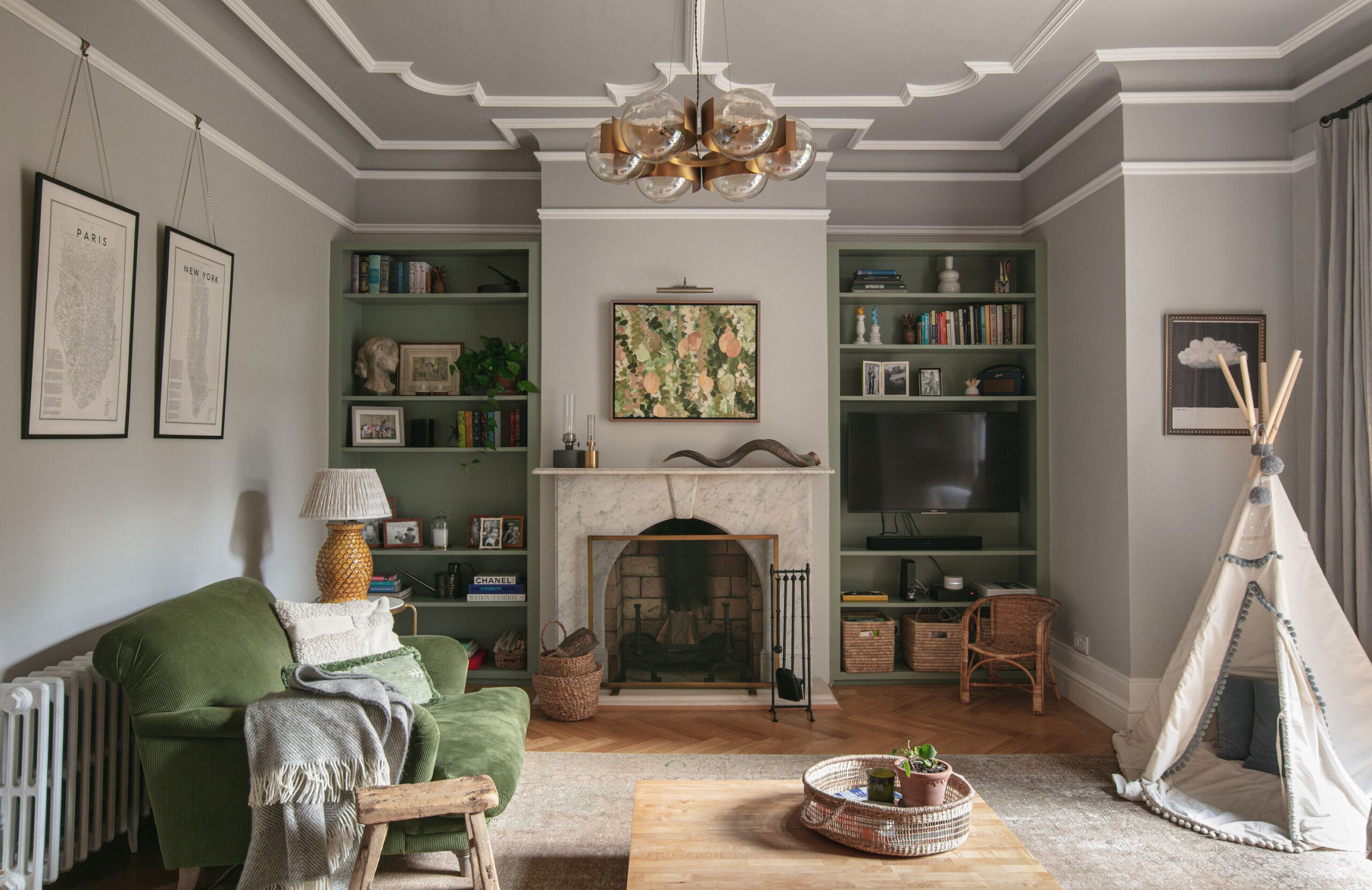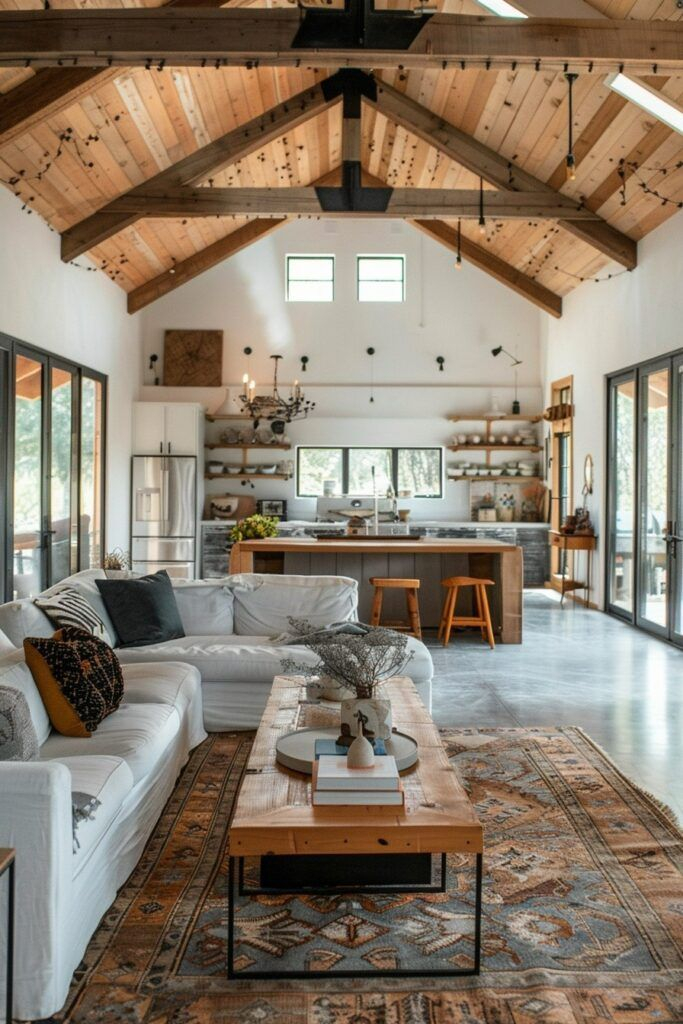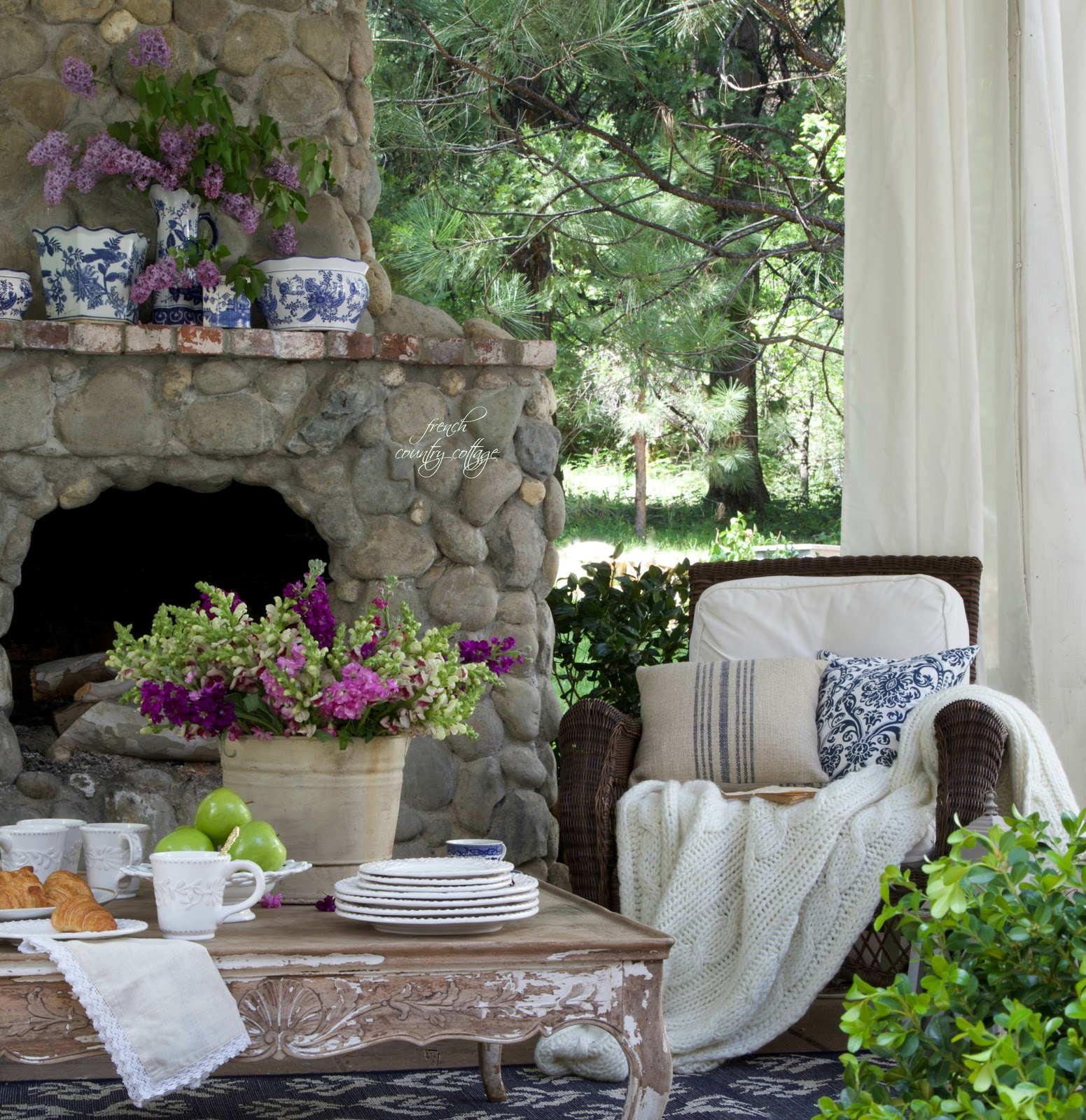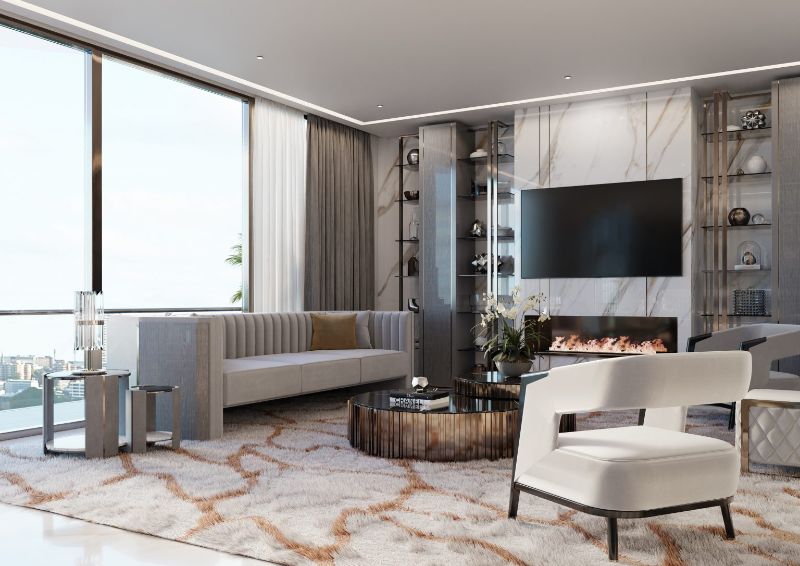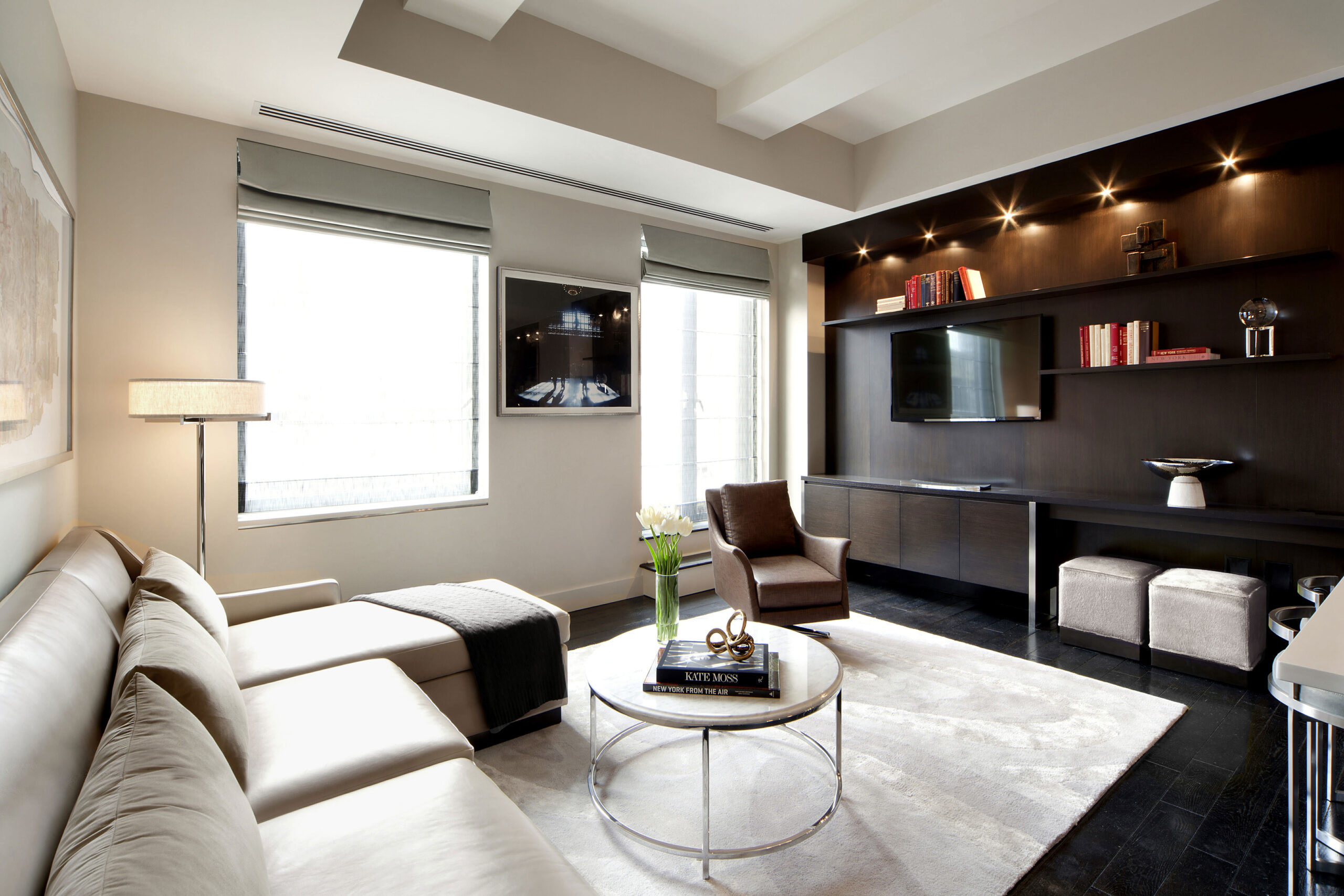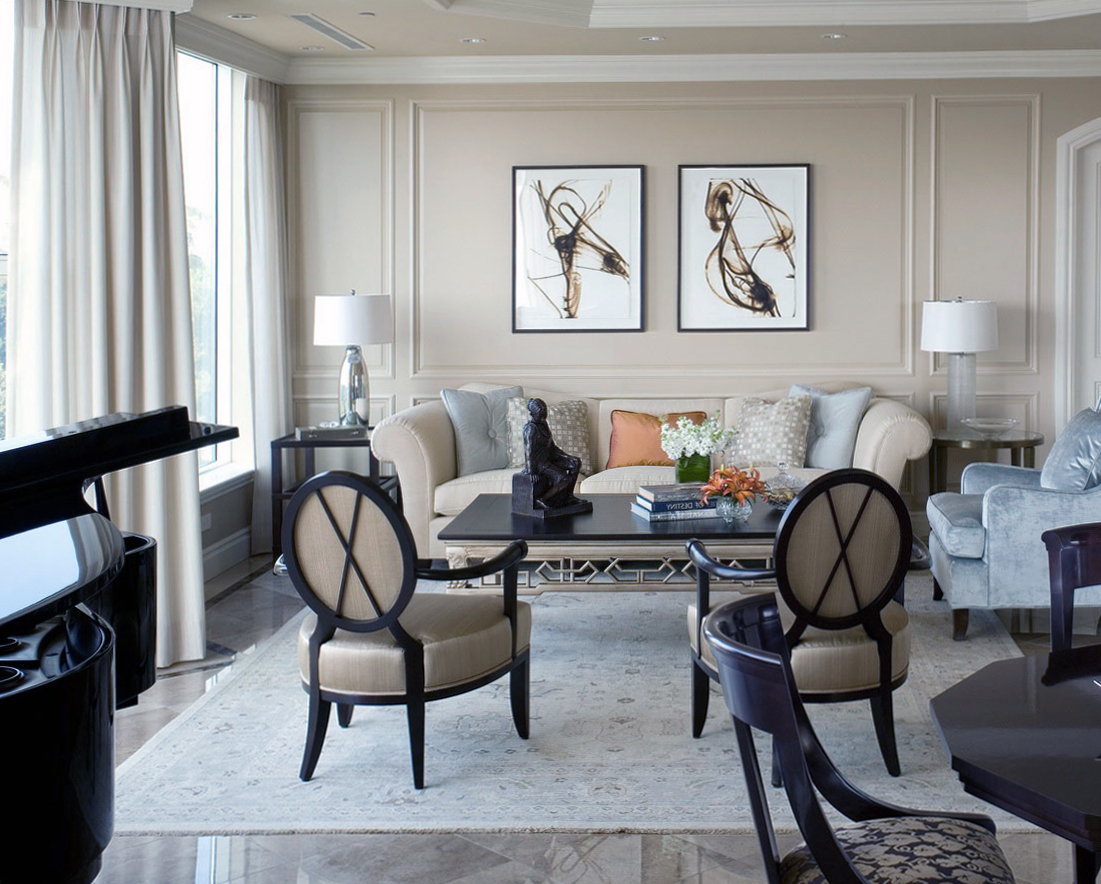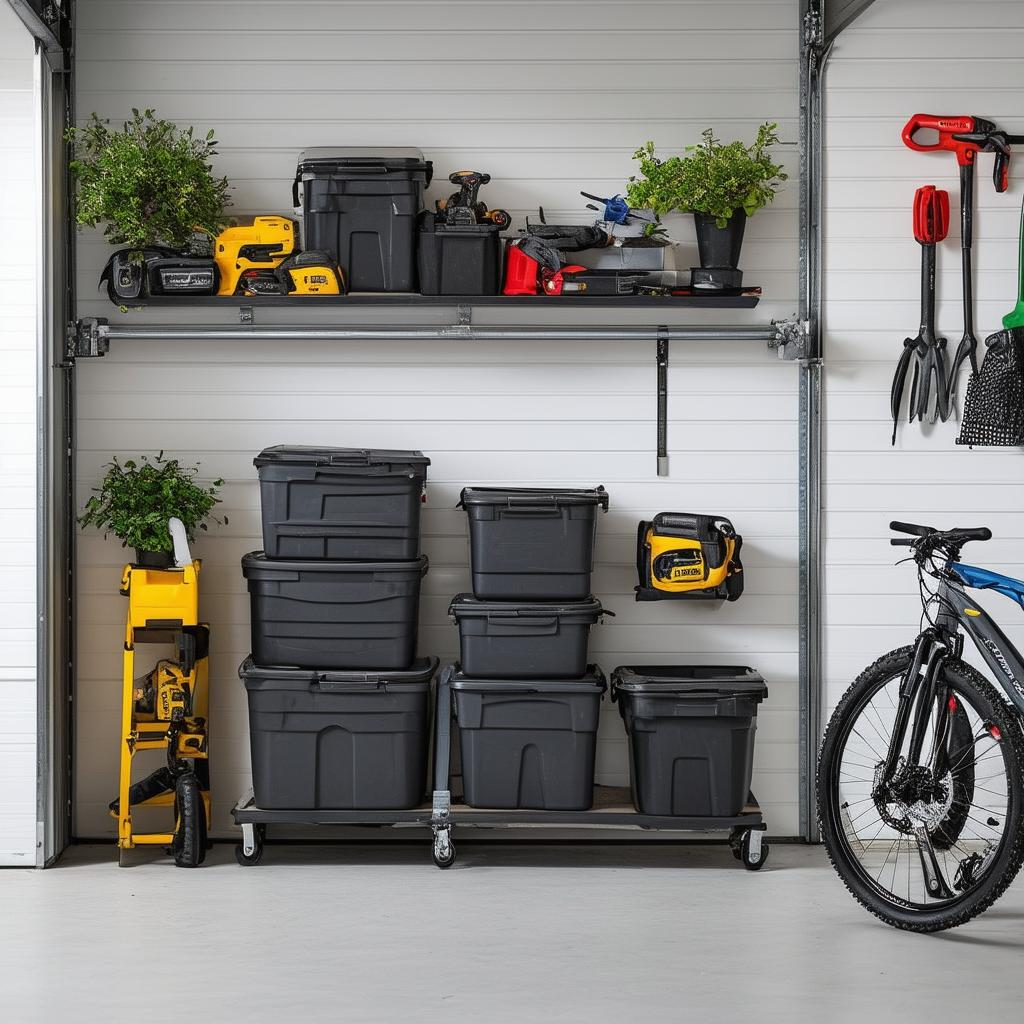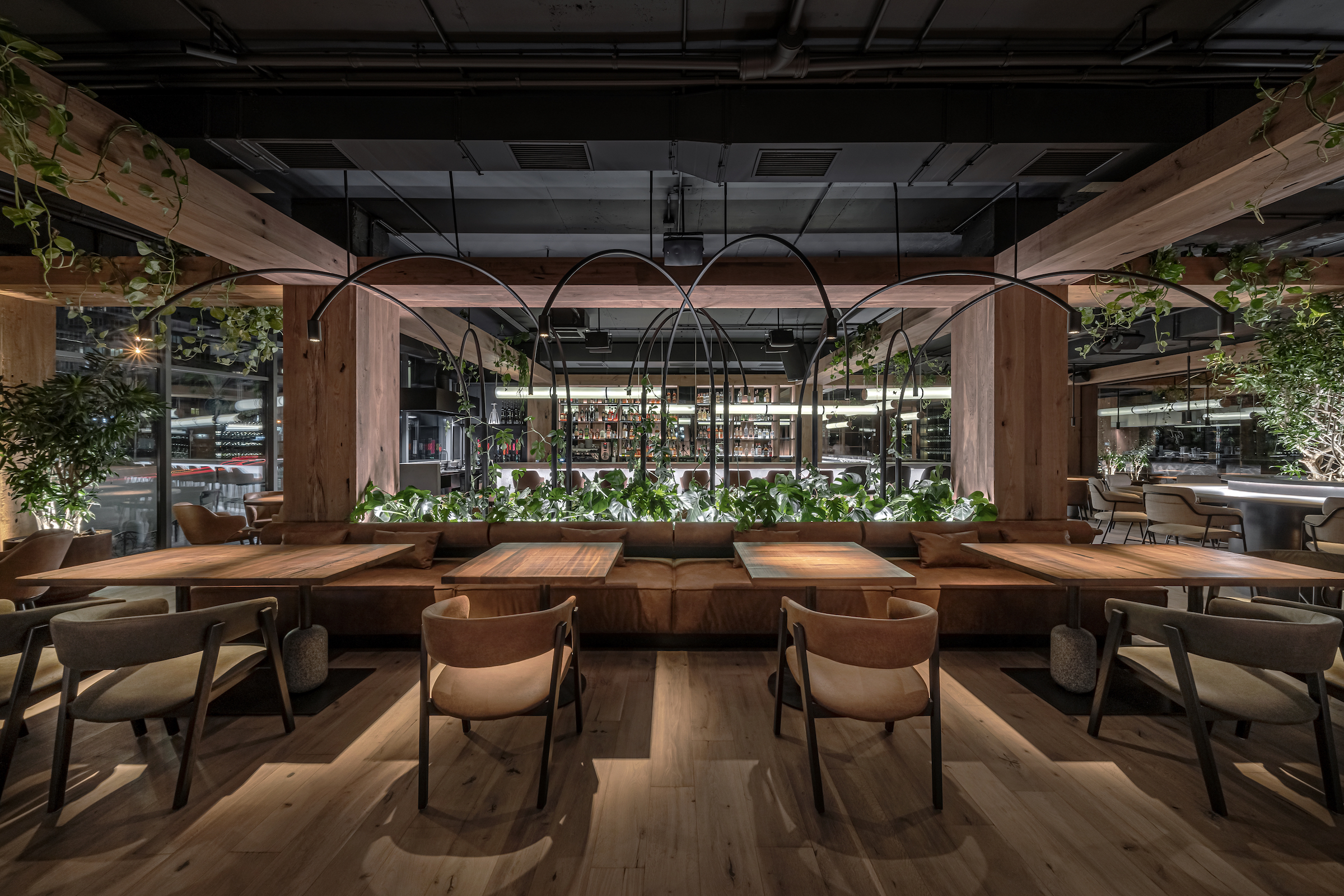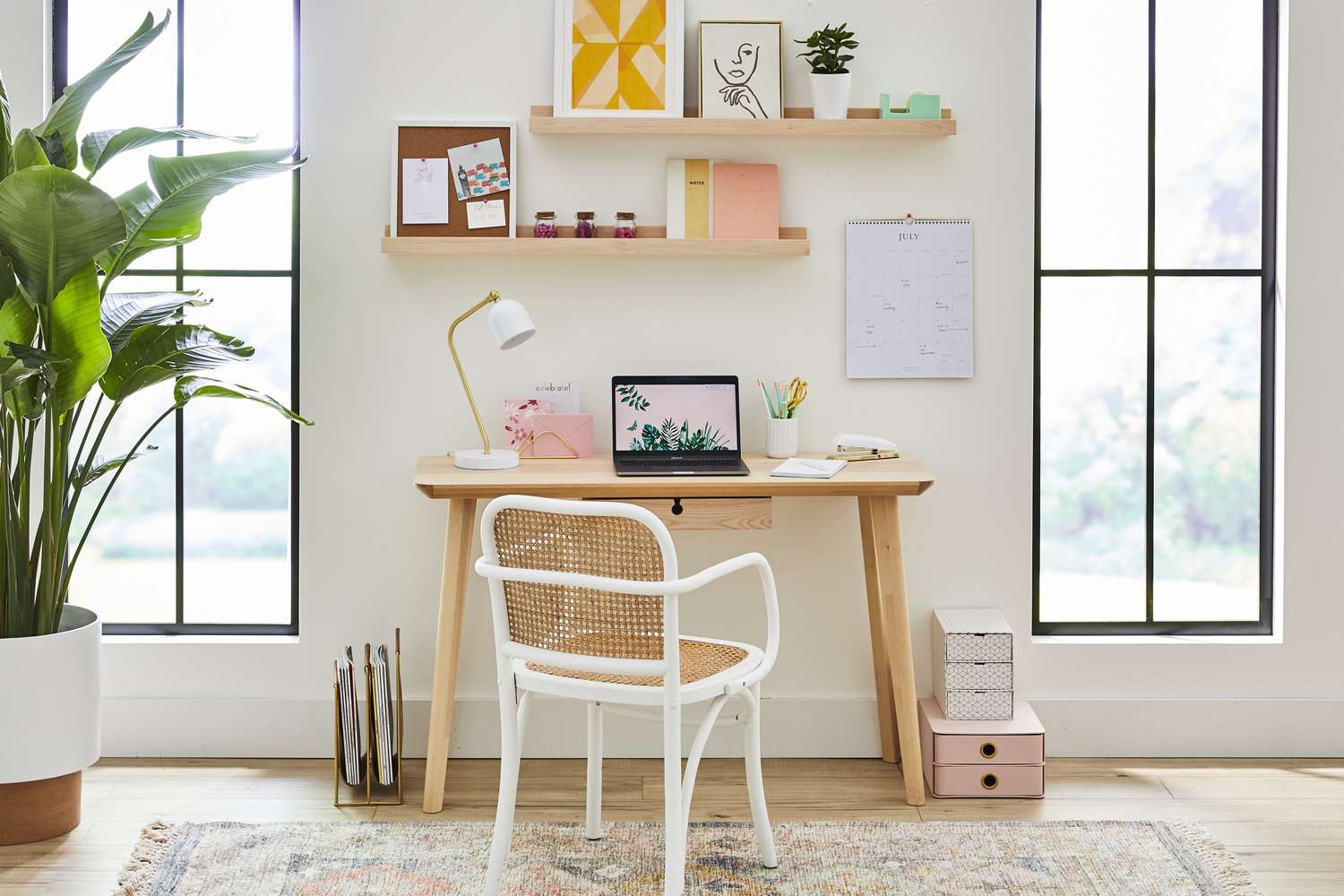Ever felt a pull towards wide-open spaces, the scent of pine, and the quiet strength of the mountains. That’s the soul of the West calling. It’s more than just a landscape; it’s a feeling, a history, a way of life. And you can bring that very essence right into your own dwelling. Imagine a home that feels both grounded and expansive, echoing the grandeur of nature and the enduring spirit of those who settled this land. This isn’t about creating a themed room; it’s about weaving a narrative into your everyday living, a story of resilience, beauty, and connection to the earth. Let’s explore how to capture that authentic Western soul and make your house a true sanctuary.
When we talk about the ‘Soul of the West’ in home design, we’re talking about a distinct aesthetic and feeling that’s deeply rooted in the history and geography of the American West. Think vast landscapes, rugged mountains, open plains, and a pioneering spirit. It’s about embracing natural materials, a connection to the outdoors, and a sense of honest craftsmanship. This style isn’t about being overtly flashy; it’s more about understated elegance, durability, and a warmth that comes from thoughtfully chosen elements. It’s a style that feels lived-in, authentic, and deeply personal, reflecting a life lived with intention and an appreciation for the natural world. It’s about creating spaces that feel as comfortable and inviting as a crackling campfire under a starry sky.
Embrace Natural Materials: The Foundation of Western Style
The West is defined by its natural bounty, and your home should reflect that. The key here is to use materials that feel authentic and speak to the landscape.
- Wood is King: Think rich, solid wood. Reclaimed wood beams, rough-hewn timber accents, or even simple pine planks can instantly evoke a Western feel. Don’t shy away from the knots and imperfections; they add character. Consider a substantial wooden dining table or a statement mantelpiece.
- Stone and Rock: Natural stone, whether it’s a fieldstone fireplace, a flagstone floor, or even just stone accents, brings an earthy, grounded quality. It’s durable and timeless, much like the mountains themselves.
- Leather and Hide: Genuine leather furniture, like a worn-in armchair or leather upholstery, adds a touch of rustic luxury and ruggedness. Faux fur or hide rugs can also contribute to this cozy, textural feel.
- Metal Accents: Wrought iron, brushed nickel, or even copper can add a touch of handcrafted detail. Think lighting fixtures, hardware, or decorative elements. These metals often have a slightly aged or patinaed finish, which enhances the authentic feel.
Color Palette: Inspired by the Land
The colors of the West are drawn directly from its breathtaking scenery. They’re often warm, earthy, and subdued, creating a sense of calm and connection to nature.
- Earthy Tones: Start with a foundation of warm neutrals like creams, beiges, and sandy browns. These mimic the desert landscapes and sun-baked earth.
- Deep Greens and Blues: Incorporate the deep greens of pine forests, the muted blues of distant mountains, or the rich, earthy tones of sagebrush. These colors add depth and a connection to the vegetation.
- Reds and Oranges: Think of the fiery sunsets, the clay of adobe structures, or the warm glow of a hearth. These colors can be used as accents to add warmth and vibrancy.
- Black and Charcoal: These darker tones can provide grounding and contrast, reminiscent of volcanic rock or the deep shadows of canyons.
When choosing colors, think about how they interact with natural light. The West is known for its bright, clear light, so these colors will often appear richer and more nuanced.
Furniture and Decor: Comfort Meets Character
Furniture in a Western-inspired home should be comfortable, durable, and possess a certain handmade quality. It’s about pieces that feel substantial and have a story to tell.
- Solid and Sturdy: Opt for furniture made from solid wood, with clean lines and a comfortable, inviting feel. Avoid overly ornate or delicate pieces; the West celebrates robustness.
- Textural Variety: Mix textures to add visual interest. Think about combining smooth leather with rough-hewn wood, or soft wool throws with woven textiles.
- Handcrafted Touches: Look for furniture or decor items that have a handcrafted feel, whether they are artisanal pieces or vintage finds. This could include hand-carved details, hand-stitched upholstery, or hand-thrown pottery.
- Western Motifs: Subtle nods to Western heritage can be incorporated through motifs like Native American patterns, equestrian elements (think leather bridles or stirrup-inspired details), or even landscape art. However, use these sparingly to avoid a kitschy feel. A well-placed Navajo rug or a framed print of a Western landscape can be very effective.
Creating a Sense of Place: The Outdoors In
One of the most powerful aspects of Western design is its seamless integration of the outdoors. The goal is to bring the spirit of the landscape inside, making your home feel connected to its surroundings.
- Maximize Natural Light: Large windows are essential. If you can’t alter your home’s structure, focus on keeping windows clean and unobstructed. Use sheer curtains or blinds that allow light to filter through.
- Bring Nature Indoors: Incorporate natural elements like dried wildflowers, branches, pinecones, or polished stones into your decor. Live plants, especially those suited to drier climates like succulents or cacti, can also enhance this connection.
- Outdoor Living Spaces: If you have a patio, deck, or even a balcony, treat it as an extension of your living space. Comfortable seating, outdoor lighting, and perhaps a fire pit can make these areas inviting and usable for much of the year.
- Views, Views, Views: Arrange your furniture to take advantage of any views you have of the outdoors. Make them the focal point of the room.
Lighting: Warmth and Ambiance
Lighting plays a crucial role in setting the mood and enhancing the Western aesthetic. It should be warm, inviting, and reminiscent of natural light sources.
- Warm, Soft Light: Opt for bulbs that emit a warm, yellowish light rather than harsh, cool white light.
- Statement Fixtures: Consider lighting fixtures that echo Western themes, such as wrought iron chandeliers, lantern-style sconces, or lamps with natural materials like wood or rawhide shades.
- Layered Lighting: Use a combination of overhead lighting, task lighting (like reading lamps), and accent lighting (like picture lights or subtle uplighting) to create depth and ambiance.
- Firelight: If you have a fireplace, make it a centerpiece. The warm glow of a fire is quintessentially Western and incredibly inviting. Even electric fireplaces can provide a similar visual warmth.
Personal Touches: Making it Yours
The most important element in any home, Western or otherwise, is making it feel like yours. This style provides a framework, but your personal story is what truly brings it to life.
- Storytelling Through Art: Display art that resonates with you and the Western theme. This could be landscapes by local artists, vintage photographs, or even personal mementos that tell your own story of connection to the West.
- Heirloom Pieces: Incorporate antique or vintage furniture that has a history. These pieces often have a unique character and add depth to your design.
- Craftsmanship Over Mass Production: Whenever possible, choose items that showcase good craftsmanship. This could be a hand-stitched quilt, a custom-made piece of furniture, or even well-made pottery.
- Comfort and Livability: Ultimately, a home should be a place of comfort and refuge. Ensure your design choices prioritize livability and create a space where you and your loved ones can relax and connect.
Unlocking the soul of the West in your home design is about more than just aesthetics; it’s about creating a feeling, a connection to something larger than yourself. It’s about embracing the beauty of natural materials, the warmth of earthy colors, and the comfort of honest craftsmanship. By thoughtfully incorporating elements that speak to the rugged spirit and enduring beauty of the West, you can transform your house into a sanctuary that feels both grounded and inspiring. Remember, it’s your space, so infuse it with your own experiences and memories. Let your home tell a story of adventure, heritage, and a deep appreciation for the natural world. Go ahead, bring that expansive, authentic spirit of the West into your everyday life. You might be surprised at how much it enriches your living.

